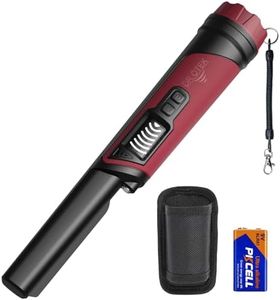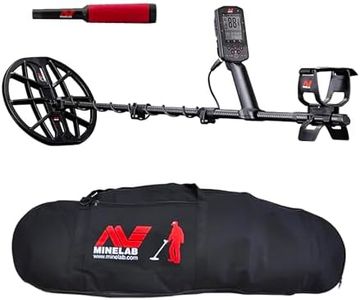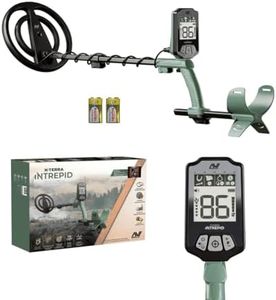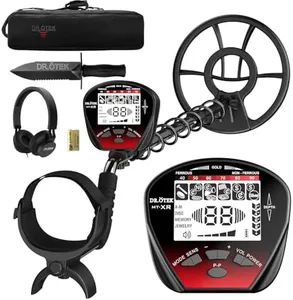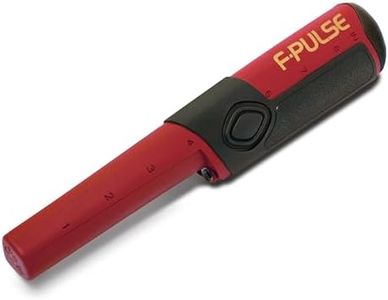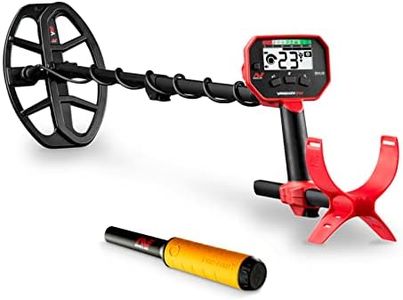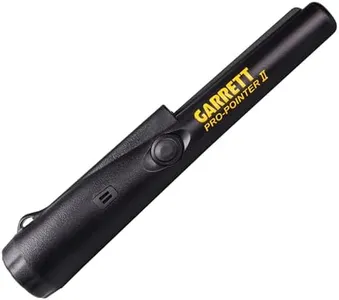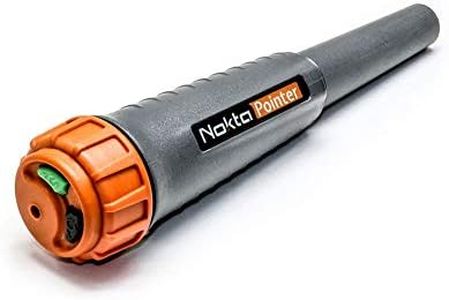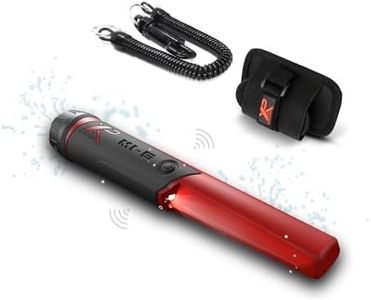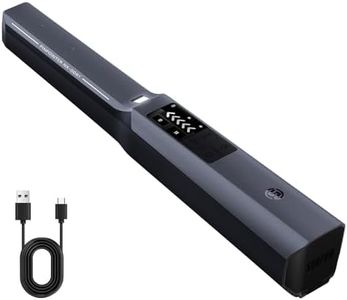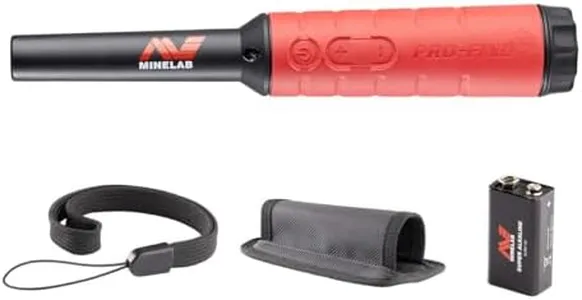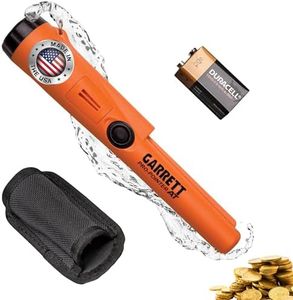We Use CookiesWe use cookies to enhance the security, performance,
functionality and for analytical and promotional activities. By continuing to browse this site you
are agreeing to our privacy policy
10 Best Pinpointer Metal Detectors
From leading brands and best sellers available on the web.Buying Guide for the Best Pinpointer Metal Detectors
Choosing the right pinpointer metal detector can significantly enhance your metal detecting experience by making it easier to locate targets with precision. A pinpointer is a handheld device that helps you pinpoint the exact location of a metal object once your main detector has identified a target area. When selecting a pinpointer, consider the environment in which you'll be detecting, the types of metals you're interested in, and your level of experience. Understanding the key specifications will help you make an informed decision that aligns with your detecting goals.Detection DepthDetection depth refers to how deep the pinpointer can detect metal objects beneath the surface. This is important because it determines how effectively you can locate buried items. Detection depth can vary from a few inches to over a foot. If you're searching in areas with loose soil or sand, a pinpointer with greater depth might be beneficial. However, for most hobbyists, a moderate depth is sufficient, especially if you're primarily detecting coins or small relics.
Sensitivity LevelsSensitivity levels indicate how responsive the pinpointer is to metal objects. Higher sensitivity can detect smaller or deeper objects, but it may also lead to more false signals from mineralized soil or trash. Many pinpointers offer adjustable sensitivity settings, allowing you to tailor the device to different environments. Beginners might prefer a pinpointer with fewer sensitivity settings for ease of use, while more experienced users might appreciate the flexibility of multiple levels.
Audio and Vibration AlertsAudio and vibration alerts notify you when the pinpointer detects metal. This feature is crucial for ensuring you don't miss a find. Some pinpointers offer both audio and vibration alerts, which can be useful in noisy environments or for those with hearing impairments. Consider your typical detecting environment and personal preferences when choosing between audio, vibration, or a combination of both.
WaterproofingWaterproofing is the ability of the pinpointer to function in wet conditions or underwater. This is important if you plan to search in areas like beaches, rivers, or during rainy weather. Some pinpointers are fully waterproof and can be submerged, while others are only water-resistant. If you frequently detect near water, a fully waterproof model is advisable. For dry land detecting, water resistance might be sufficient.
Battery LifeBattery life indicates how long the pinpointer can operate before needing a recharge or battery replacement. This is important for ensuring you have enough power for extended detecting sessions. Pinpointers typically use standard batteries or rechargeable ones. Consider how often you plan to use the device and whether you prefer the convenience of rechargeable batteries or the simplicity of replaceable ones.
DurabilityDurability refers to the build quality and robustness of the pinpointer. A durable pinpointer can withstand rough handling and harsh environments, which is important for long-term use. Look for models with sturdy construction and protective features like shock resistance. If you often detect in rugged terrains, prioritize durability to ensure your pinpointer can handle the conditions.
